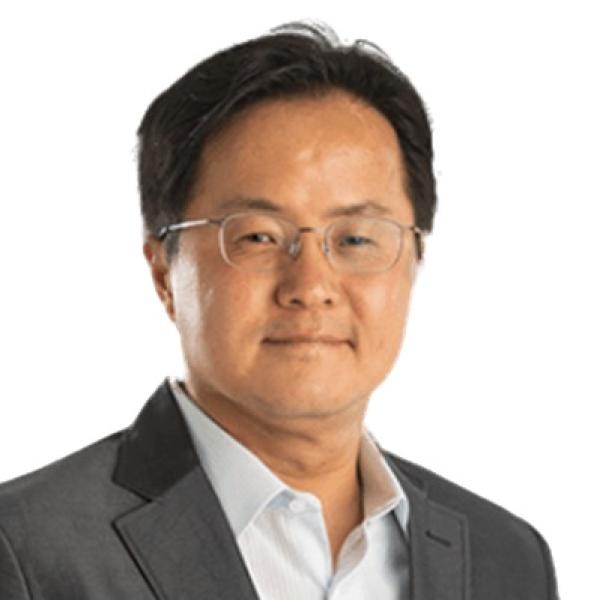
Making Bank Resolution Credible
Abstract
Financial difficulties at large financial institutions present governments and regulators with an unenviable dilemma. On the one hand, they are afraid to permit such a firm to enter 'ordinary' insolvency proceedings, lest this transmit financial shock to other, connected, institutions. Yet every voter can grasp the moral hazard problems and distributional inequity associated with government handouts for the financial sector. Consequently many jurisdictions have introduced, or are designing, 'special resolution' mechanisms for financial institutions. The first generation of such mechanisms were based on the US FDIC receivership regime. They focus on waiving property rights so as to effect a very rapid transfer of complex assets and short-term liabilities to a purchaser who will be able to stand behind those liabilities and thereby ensure stability. This model works well for small to medium sized domestic banks, but is insufficient to provide a credible alternative to bailouts for large, complex financial institutions. As a result, a series of new measures ? which we have termed 'second generation' resolution mechanisms ? have been developed. First, there has been a realization that the level of complexity is such that resolution ex post is impossible without careful planning by supervisors ex ante. Second, this planning process can be used not only to understand, but also to modify, the structure of complex financial institutions and their regulatory oversight so as to facilitate resolution should it be necessary. Third, the use of 'bail-in' or mandated debt to equity swaps provides a potentially very useful additional resolution tool when used in conjunction with such forward planning and oversight. Fourth, in the context of international financial institutions, coordination and allocation of responsibility amongst national regulators is an integral part of the planning process. The implications of this shift are clear. For the resolution of large complex financial institutions to be credible, it must be thought of as an integral part of the ongoing oversight of financial institutions by regulators, and not as simply a set of mechanisms that are kept for troubled times. Investment in regulatory capacity ? recruitment and training to build human capital in the regulatory sector ? is therefore crucial to ensuring the success of resolution.







